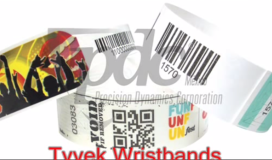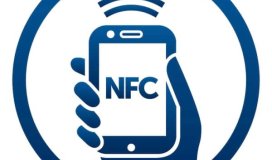A new study conducted by the Centre for Retail Research, an independent research group in the United Kingdom, reports that retailers in the United States are expected to lose $8.9 billion during the 2012 holiday season (mid-November through Christmas) due to shoplifting, employee theft, and vendor or distribution losses. That figure is up 4 percent from last year.
The report, funded by a grant from Checkpoint Systems, indicates that shoplifters will steal $3.8 billion worth of goods. Employees will rip off retailers to the tune of $4.7 billion, while another $400 million will be lost due to vendor fraud or administrative errors.
Radio frequency identification probably cannot do much to stop shoplifting, as people will always find a way to steal from retailers. But having serialized data on everything within a store would let a retailer know what has been taken, so that those goods could then be replenished. There would be fewer instances of items sitting in the back because a retailer thinks stolen items are still on the shelf, which would equate to greater sales and fewer markdowns.
Even more important, RFID might help reduce the incidence of employee theft, which is a bigger problem than shoplifting. American Apparel found that at its RFID-enabled stores, internal shrinkage declined by an average of 55 percent—and, at some stores, by as much as 75 percent (see RFID Delivers Unexpected Benefits at American Apparel). Stacey Shulman, American Apparel's VP of technology, attributes this decrease to a reduction in process errors, as well as a change in the company's culture.
"Like many retailers, internal theft and process issues account for about 60 percent of our shrink," Shulman told RFID Journal. "RFID, it turns out, affects internal shrink in a profound way. We measure everything, and have accountability of every item. Every item counts, and when we change that culture, employees start treating product better. Internal theft does go down, and process errors go down."
That is something most retailers are not factoring into their return-on-investment (ROI) calculations. If theft keeps going up, however, they might want to start thinking about RFID for reducing shrinkage.
In addition, the National Retail Federation (NRF) predicts return fraud will cost retailers another $2.9 billion this holiday season. Return fraud occurs when people return stolen merchandise, use counterfeit receipts or return items already worn and/or used that are not defective. According to NRF's 2012 Return Fraud Survey, completed by loss-prevention executives at 60 retail companies, the industry will lose an estimated $8.9 billion to return fraud this year, including $2.9 billion during the holiday season alone. Overall, NRF reports, retailers estimate 4.6 percent of holiday returns are fraudulent.
RFID can obviously help reduce return fraud. By linking a unique item to a purchase, a retailer can know if the product being returned is legitimate. Of course, not all retailers require a receipt when you return an item, so RFID won't completely eliminate the problem. But if the technology could reduce return fraud by 20 percent, that would still be a huge benefit for most retailers.



